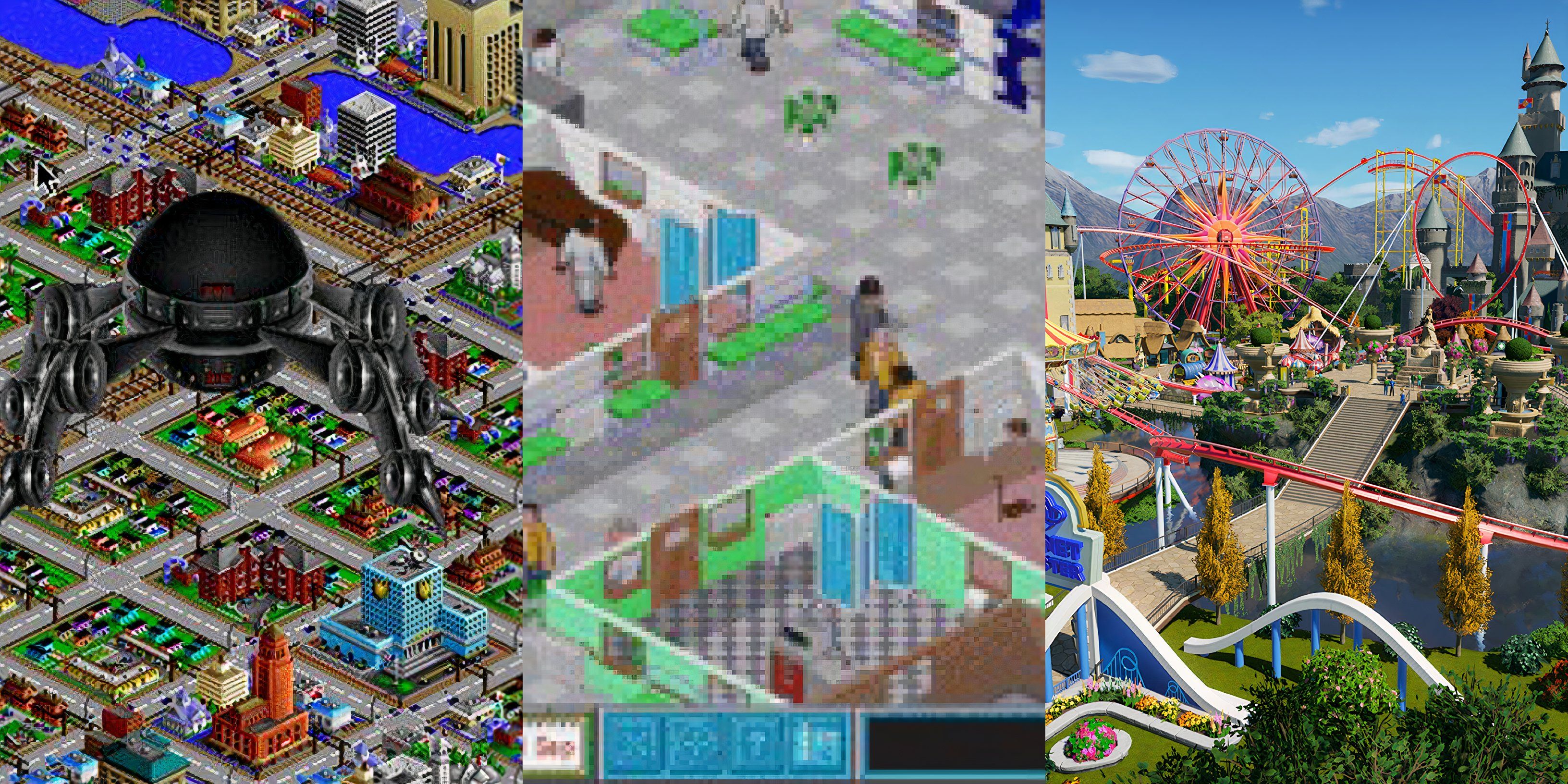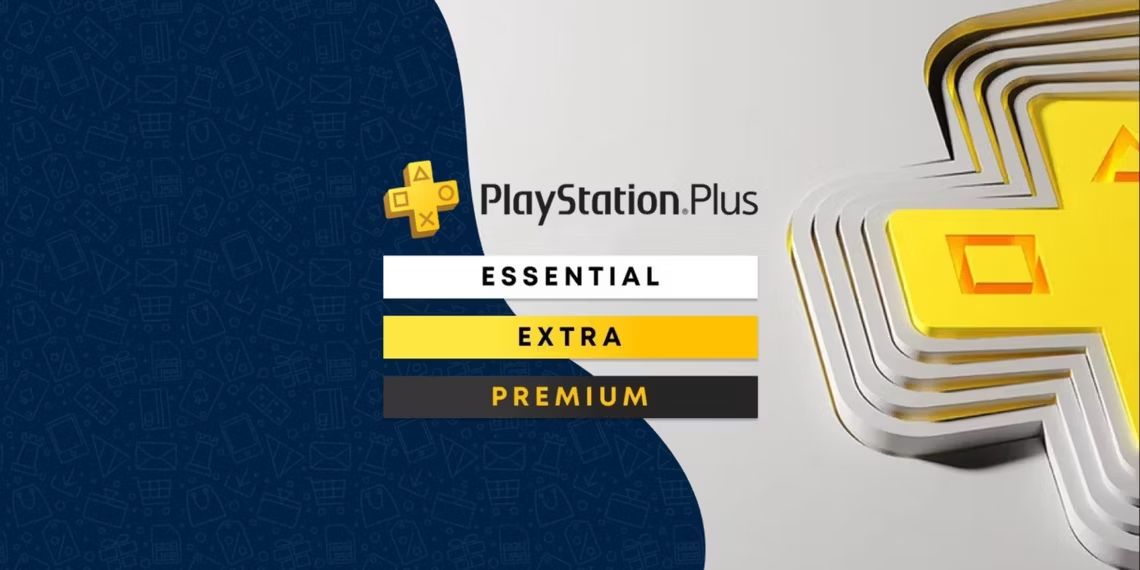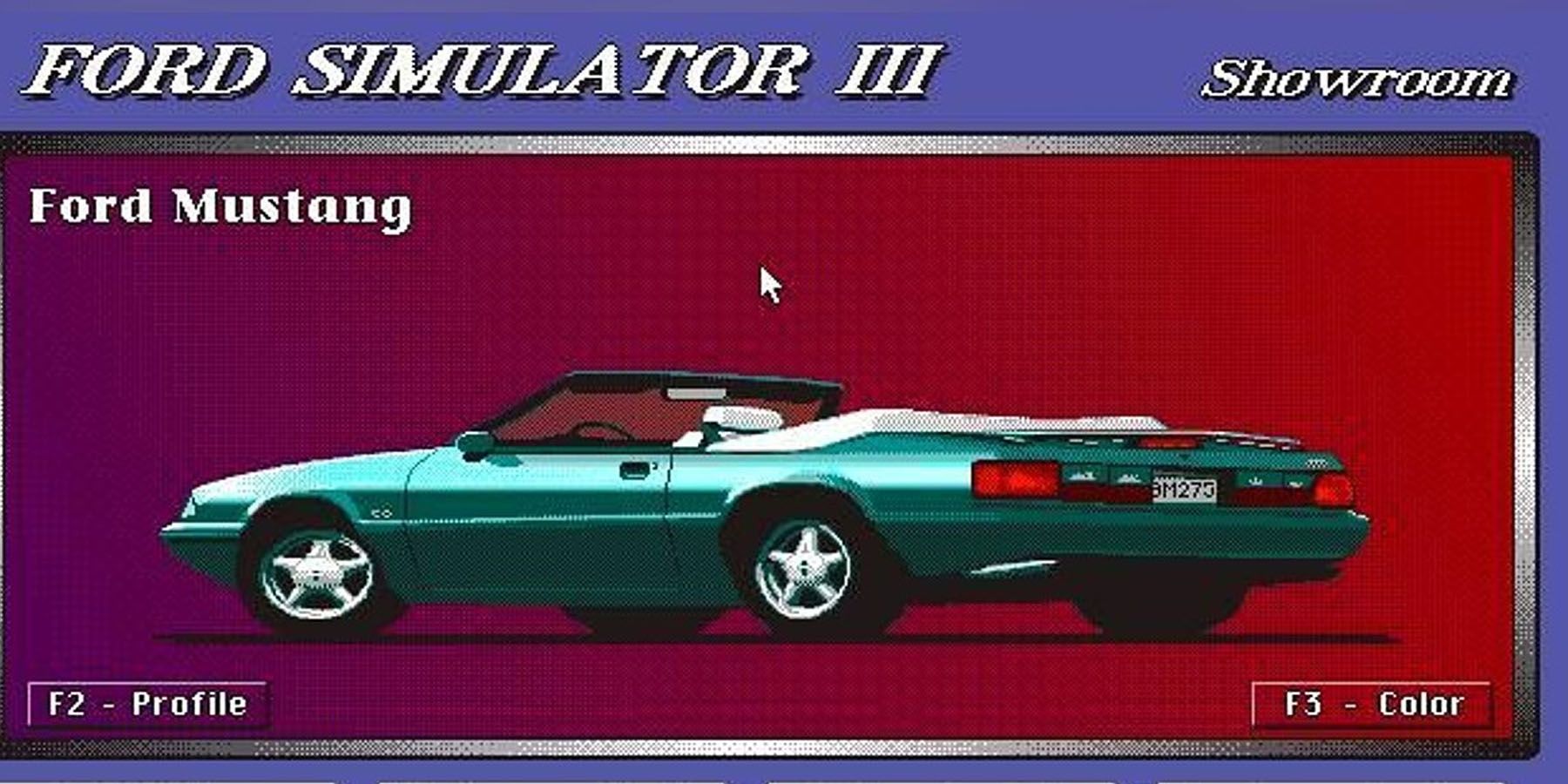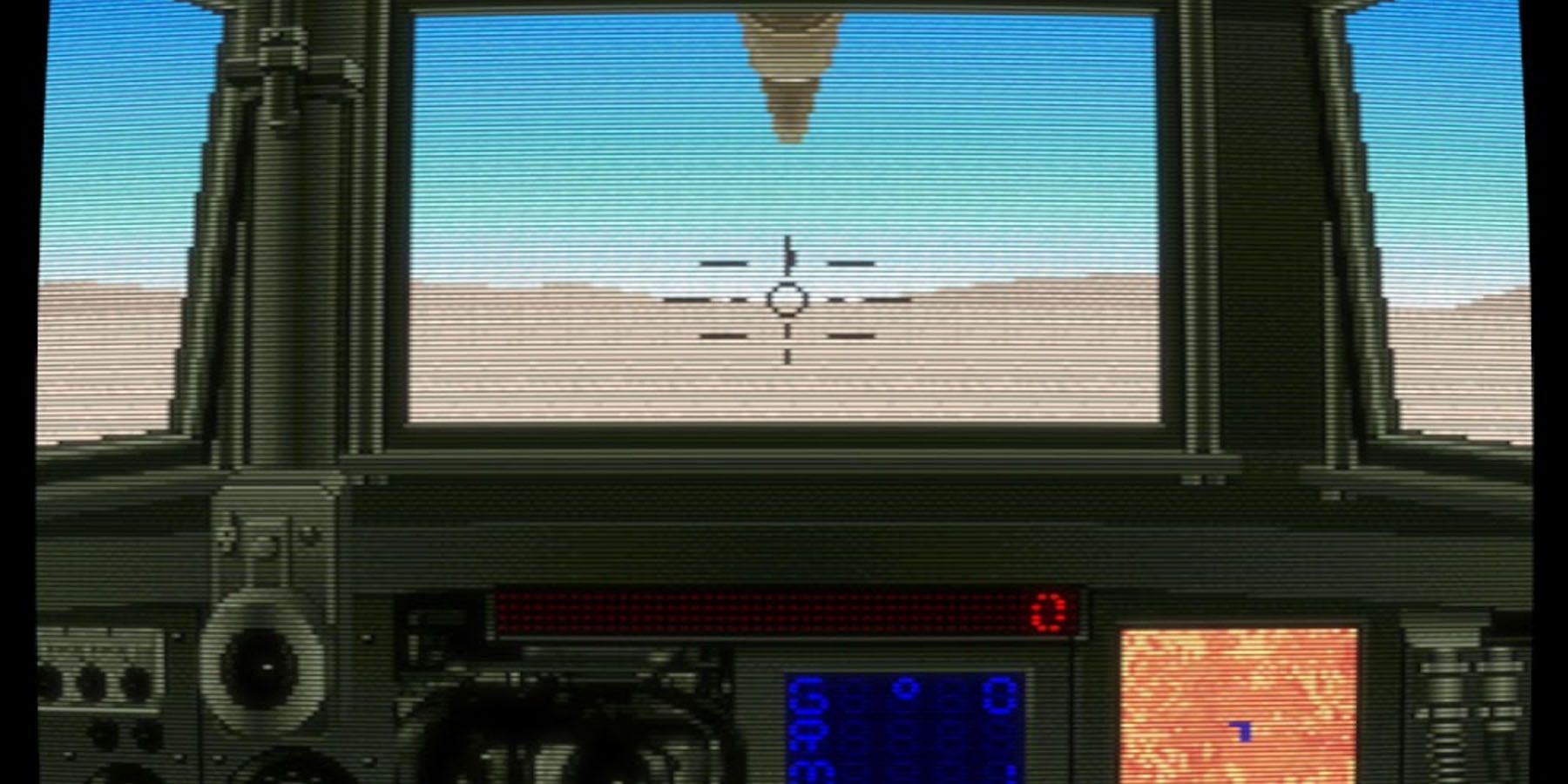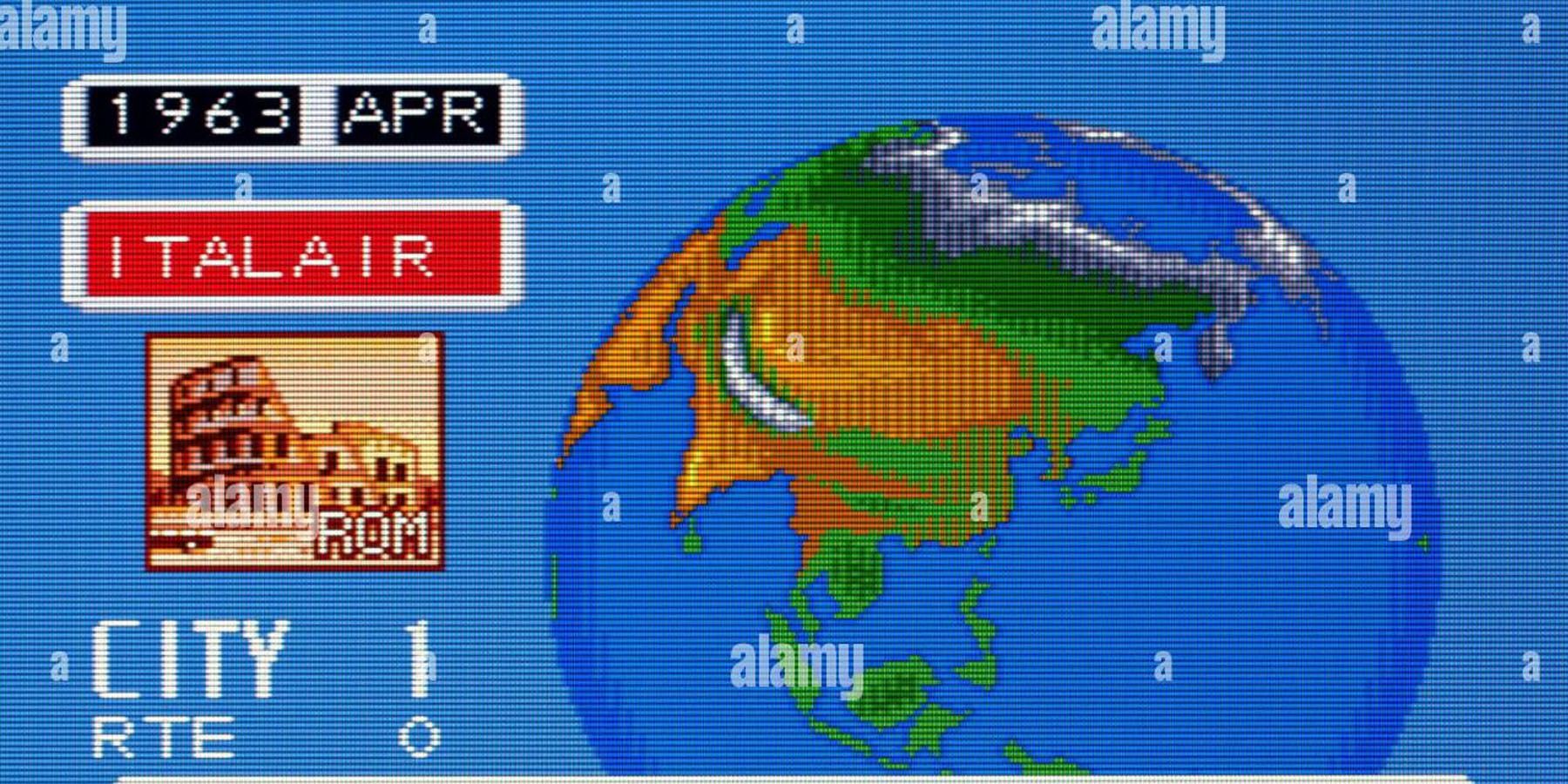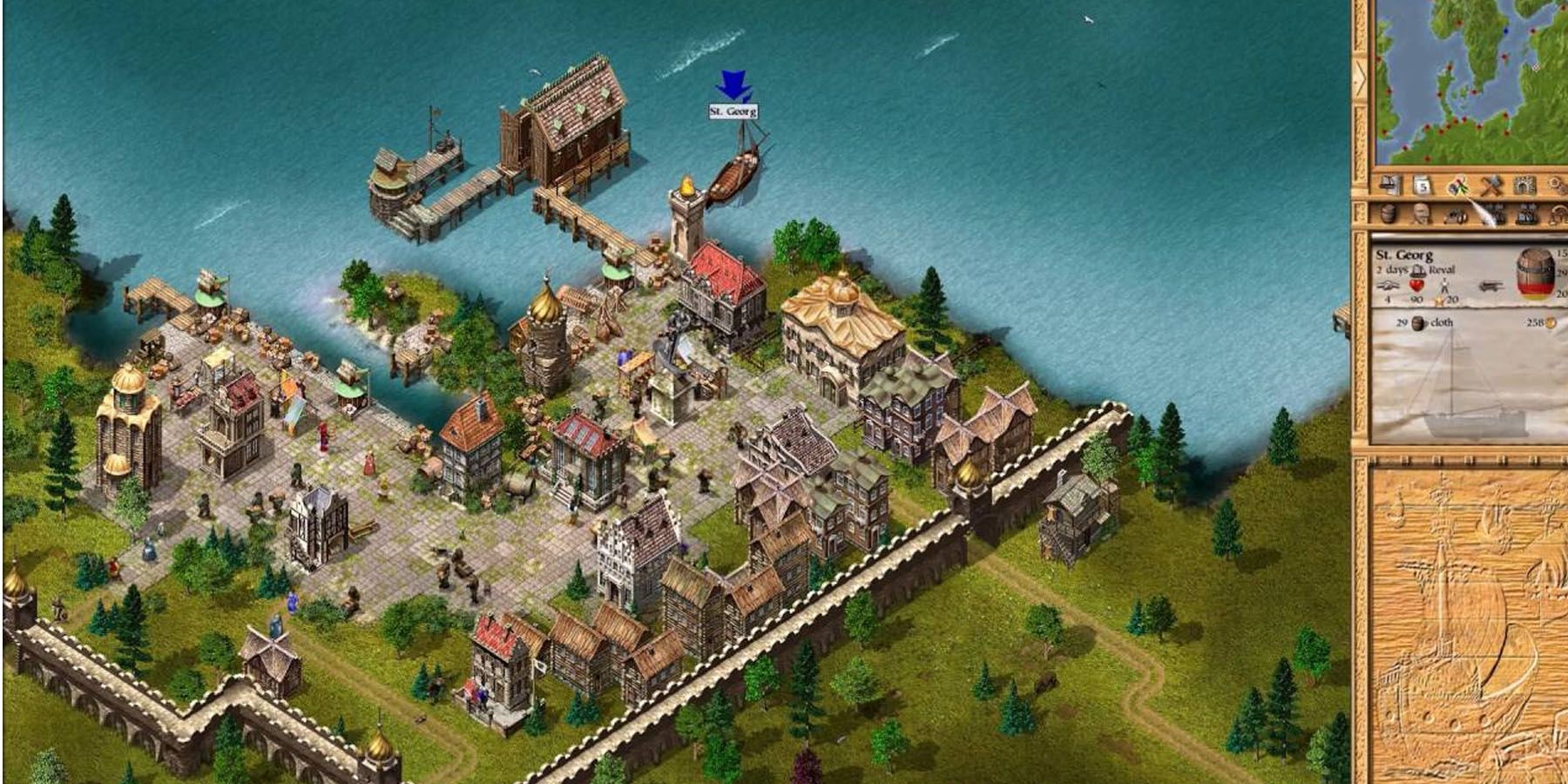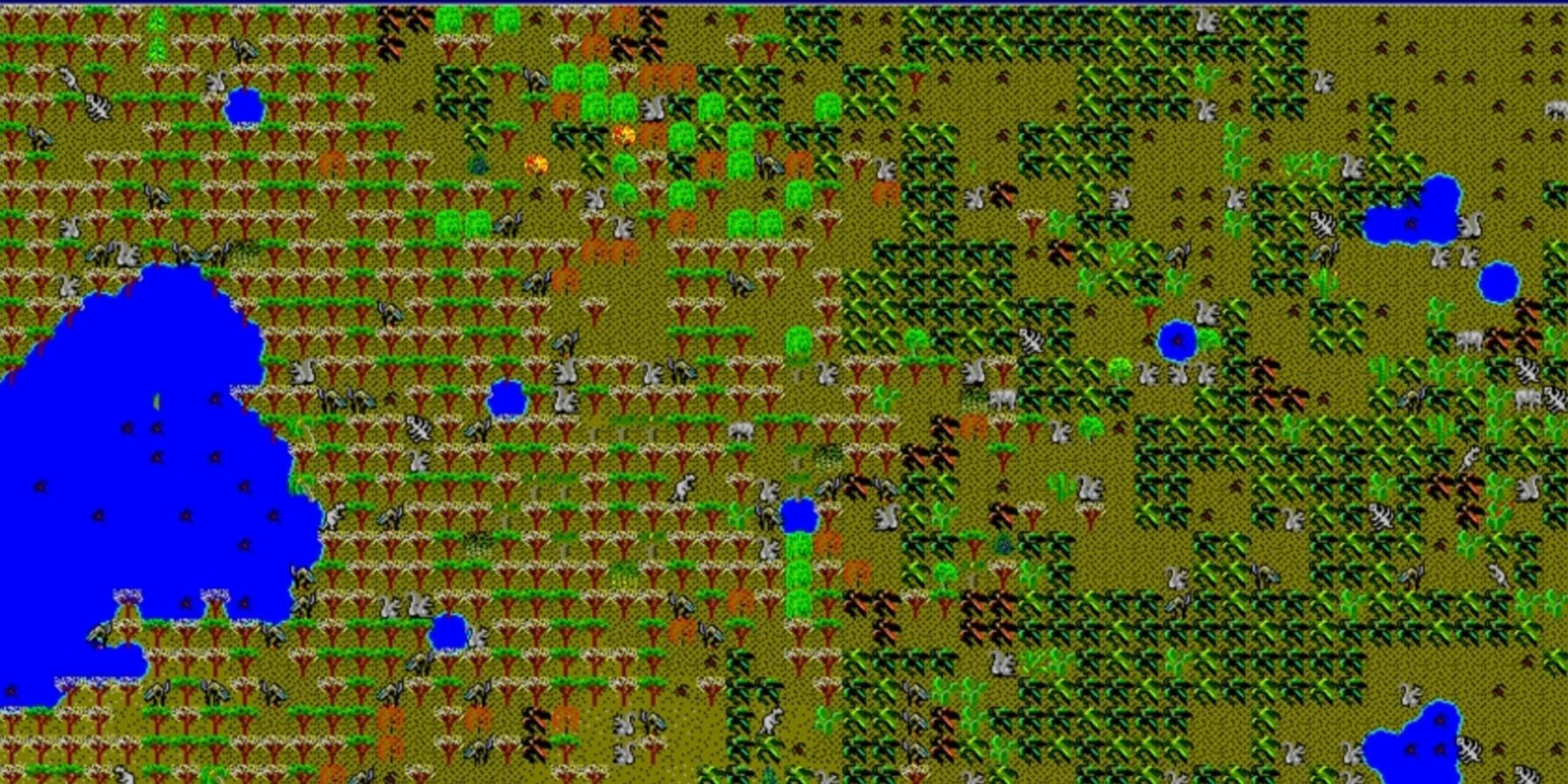Simulation games pave the way for gamers to look into ways of replicating various aspects of life, such as Cities: Skylines for urban planning, NBA 2K for basketball in sports, and even life itself in The Sims. With simulation games having perhaps the largest slate of subgenres in the realm of gaming, it’s easy to get lost just trying to choose which games to play. However, it’s also just as important to know that before fans got the graphical and processing marvels of modern simulation games today are a whole host of attempts of the first gaming devs to ever go beyond the usual platformer and action titles of classic gaming.
Fans of gaming history may be delighted to know that simulation games go as far back as decades, with devs all over the world making their own first attempts at games that try to simulate various situations in life. As a result, some of the best simulation games actually turn 30 in 2022, with some of these older projects not only holding up today but even contributing fundamental elements to the world of simulation games.
7 Ford Simulator 3
Included among the gaming industry’s slate of racing games are vehicle simulators, giving players a more realistic take on some of the biggest brands in the market. Chief among these is the Ford Simulator series, with the first game released in the 80s to promote that decade’s line of Ford models. The same principles are applied to Ford Simulator 3, this time around a more grounded approach in racing game exploration, with the game even letting players “try driving” Ford’s line of 90s models.
Similar to other Ford Simulator titles, Ford Simulator 3 allows players to choose from a number of existing Ford vehicles and “explore” their features, learning quite a lot of things about the cars without having a need for a rather complex manual. Moreover, the game now features a more complex driving simulator, allowing players to get behind their favorite vehicle and drive towards the fictional location of Lake Wakatonka while using what they know about the vehicle to avoid various obstacles and even go beyond the speed limit.
6 Garry Kitchen’s Super Battletank: War In The Gulf
Before wargamers got mesmerized by the sheer realism of the tank-busting game World of Tanks was decades’ worth of tank simulators that allowed players to duke it out against fellow tanks and other massive vehicles. Chief among these simulators was Garry Kitchen’s Super Battletank: War In The Gulf, perhaps one of the first tank sims to fully explore the limits of the genre with the current tech available in gaming at the time.
The game itself takes place during Operation Desert Storm, where players are given control over an M1 Abrams on behalf of the United Nations. While other tank simulators at the time already have the familiar tank control interface on the bottom part of the screen, developments in graphics at the time gave fans a more realistic rendition of exterior environments. This allowed players to have access to a more dynamic desert environment as well as a plethora of tanks and special effects that give them a more realistic take on a tank sim, with equal focus on both explosive action and grounded maneuvering.
5 1869
While future grand strategy titles would incorporate trading as a negotiation tactic with simpler mechanics, the game 1869 took the idea of economics simulation and added a rather comprehensive strategic component to it. Set in the golden age of trading, players manage a trading company and aim to make a profit through various forms of classic economics, such as the management of purchased goods, the organization of trading fleets, and even the transportation of passengers.
The added multiplayer component of 1869 allowed numerous players to issue commands on individual ships, incorporating a competitive approach to the economics game quite unlike other sims at the time. Although criticized for being rather straightforward, players who like a classic “point-based” competitive title can resort to strategic prowess via 1869 compared to simplistic shooters and more complex strategy titles.
4 Aerobiz
Players in business simulations may have encountered a wide variety of trading games in the past, but none were like Aerobiz which focused on business simulation for airlines. Contrary to aircraft-themed games like Microsoft Flight Simulator, players in Aerobiz become CEOs of a new international airline, with the game only allotting a set time and limited objectives for players to achieve to be considered successful.
The game itself takes place across two timeframes, different difficulty levels, initial passenger and money count, and specific win conditions. The mechanics of the game remain straightforward to make room for strategic complexity. Players have to negotiate access slots for airports, open routes to start businesses, and even buy airplanes. However, various random events can affect the player’s progress, after which they have to do whatever it takes to adjust to these situations and remain on top. Despite the rather straightforward gameplay, the new “atmosphere” of the game as taking place in a business in the skies can become a point of interest for both newcomers and vets in the strategy space.
3 The Patrician
Another take on the economics simulator in the same year came in the form of The Patrician, giving players a more complex take on trading and commerce through the application of dynamic events and concepts. Similar to 1869, players of The Patrician allow players to control a trading company in 12th century Europe. However, what came after was a more complex take on the business sim that both math wizards and strategy aficionados would appreciate.
The game’s advanced economy allows players not just to have trading ships and offices, but may also allow players to pursue careers in politics, have private houses and public works, and even interact with pirates and burglars. The economy will enable players and AI to significantly affect the overall trading meta in a single move, forcing players to learn the game’s rather complex mechanics in a trading sim that challenges the strategically inclined.
2 Shuttle
Before players could create extremely realistic - and equally crazy-looking - rockets in Kerbal Space Program, various space flight sims already existed in the market for the enjoyment of space fans. However, one of the most realistic space flight sims available for engineering and space aficionados existed in the form of Shuttle, which at the time of release provided one of the most practical and simplest approaches to space flight yet.
The game tasks players with controlling space shuttles that depart from the Vehicle Assembly Building to their respective destinations, and then back to Earth at the Shuttle Landing Facility. Included in the game are simulations of some of the most iconic space launch missions, such as the launch of the Hubble Space Telescope, and Approach and Landing Tests of the Enterprise shuttle. What makes Shuttle rather iconic is its feature of realistic control panels that can either maneuver the craft or cause it to explode, alongside various views to improve further the visual simulation appeal of the series, simplified shortcuts to realistic commands, and even guided instructions.
1 SimLife: The Genetic Playground
Prior to the success of Spore in 2008, Maxis has had its fair share of interesting simulation titles players can sink themselves into. Before the advent of The Sims was SimLife: The Genetic Playground. Contrary to SimCity Classic and SimAnt, the gameplay of SimLife needs players to create a self-sustaining ecosystem, with players having free reign when it comes to modifying the genetic components of the animals in their virtual world.
Similar to the appeal of Maxis simulation games towards the edutainment sphere, SimLife garnered praise for introducing the complicated world of genetics to the ordinary gamer. In the title, players aren’t just able to create and modify their worlds, but also create and modify flora and fauna on a genetic level. These allow players to mix and match properties to see if their creatures could survive in various environments, with special creatures such as the Orgot, Monkeyphant, and Killer Penguin being exclusives in the title.

